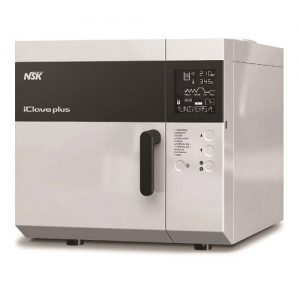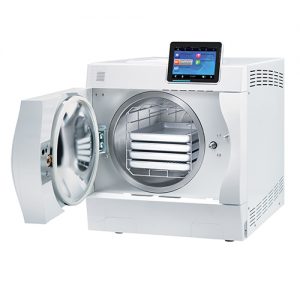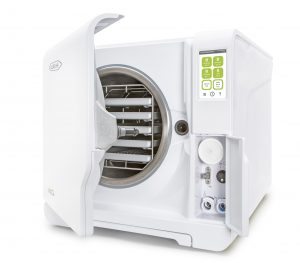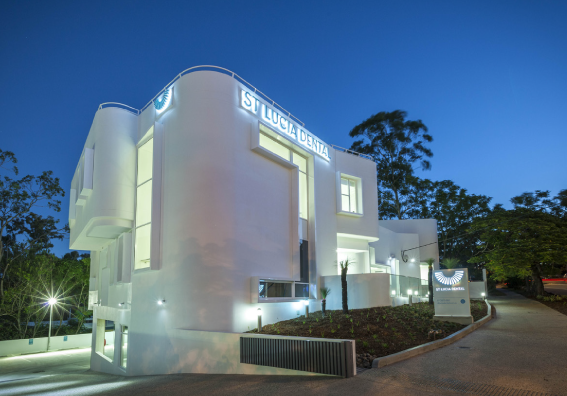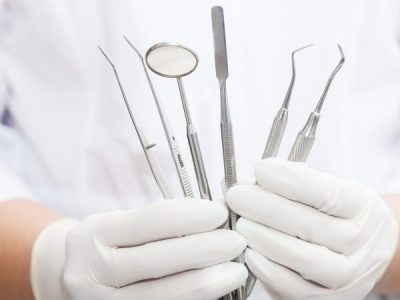Autoclaves are integral to the sterilisation of instruments in your dental practice.
They can also be quite expensive pieces of equipment, so choosing the right one is important. Ideally, you want to ensure your autoclave is durable, efficient and fulfils all of your practice’s needs.
Here are the main steps to take when shopping around for the best autoclave for your practice.
1. Measure your longest instrument.
This may seem like a bit of an odd first step, but it will give you an indication of how large you need your autoclave to be. There’s no point in buying a fancy autoclave with all the latest bells and whistles if you can’t fit your instruments in it!
2. Consider how many instruments in your surgery need sterilisation at any one time.
There is a range of different capacities available when it comes to autoclaves. You may fit everything into a 18L autoclave, or find yourself needing a 22L if your practice often has busy days with a high turnover of patients.
3. Assess how much time can you afford to give to sterilisation.
Time is money. If you only have a few of each instrument that needs sterilising between patients, you’re going to need an Autoclave with a quick cycle. The Melag Premium Class can have your equipment sterilised in just ten minutes! If you’re able to save your instruments for a full cycle at the end of the day, then you can probably get away with an Autoclave that offers longer 30-minute cycles.
4. Take into account who will be operating the machine.
Autoclaves come in variations of user friendliness. Some have a sophisticated touch screen while others have a handful of buttons that do the basics. Autoclaves such as the NSK iClavePlus can be hooked up to a printer to keep a record of each sterilisation cycle. The W&H Lisa Very Auto cancels out paper handling altogether and sends the information directly to your computer network. Through the W&H app, it is also possible to check what stage of the cycle the autoclave is at on your mobile device.
Ensure you take into account the main users’ electronic capabilities when choosing an autoclave. Sometimes a paper system can be easier, while others find the electronic handling of information more streamlined. If you need to update the user’s skills to match the new technology, you can always consider training sessions with the equipment.
4. Have a backup plan if your autoclave breaks
It’s a no brainer that you can’t use your instruments if they are unable to be sterilised after each patient. So if your autoclave breaks down, your practice may need to shut until it can be fixed. Always have a backup plan in place if these setbacks occur. Call Dental Depot to hire an autoclave while yours is being repaired. They’re experts in quick delivery, installation, and even staff training! Dental Depot ensures that your practice stays in operation despite equipment failures.

